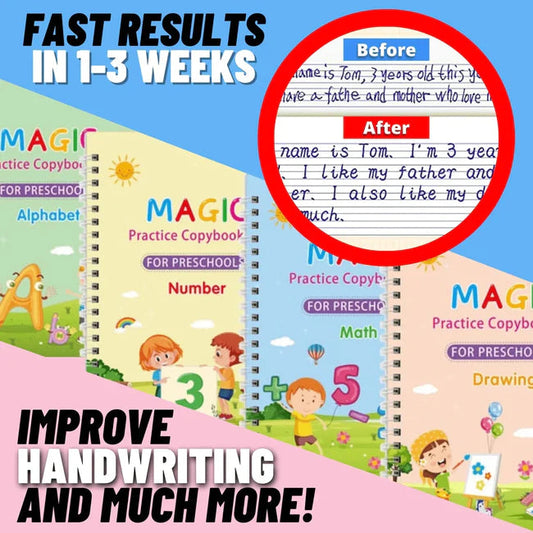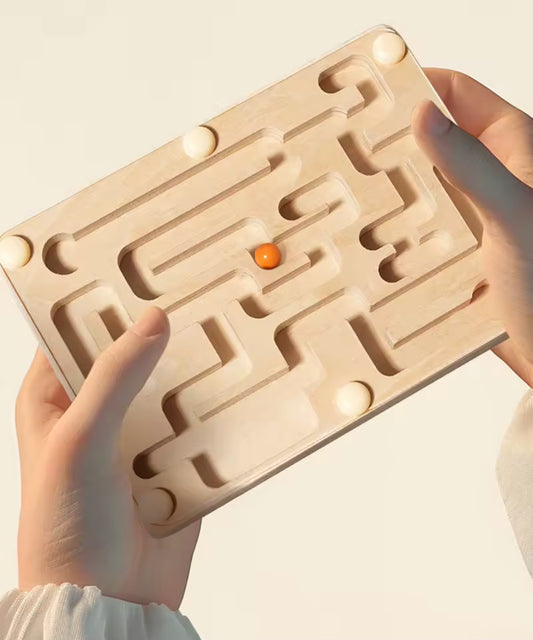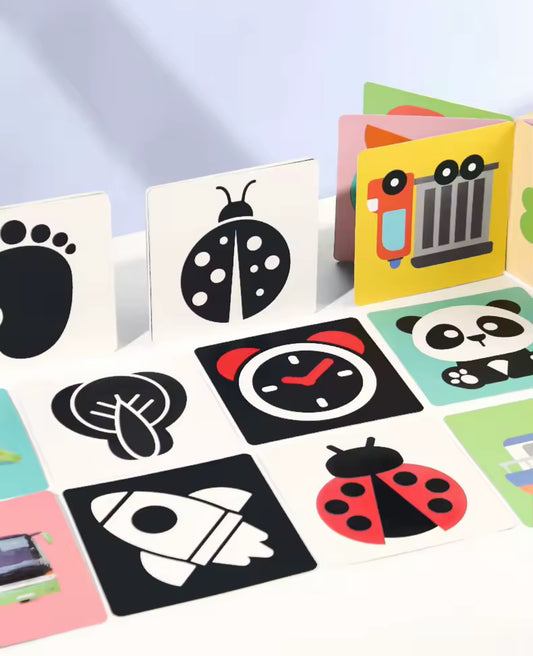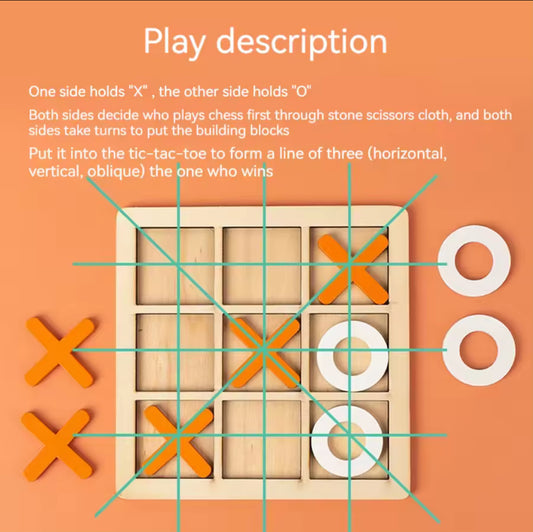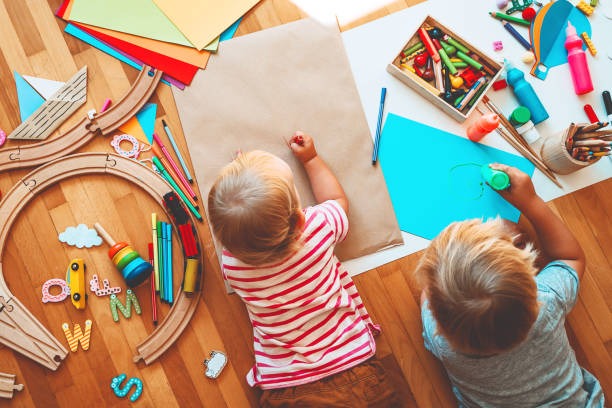
Art as a Gateway to Holistic Development
Share
As children are nearing preschool age they tend to begin their quest of exploring and experiencing the world around them. The tools we share with them from those early days are some of the most important and shaping lessons they need to learn. Understanding and communicating their feelings, ideas and experiences is artistic expression. Whether a child chooses to do it through drawing, painting, dance, music or maybe even dramatic play, those engagements in creative activities don’t just stem from pure fun - they are essential steps for a child’s development. All artistic expression provides and early sense of identity. Come with us to explore the essential reasons why early artistic expression is pivotal for preschoolers and how it contributes to their overall development.
The Importance for Fostering Emotional Expression and Self-Understanding
In preschool age children are still new to navigating their emotions, thus it’s sometimes difficult for them to accurately express how they feel using words. Some artistic activities offer unique methods for kids to successfully communicate their complex emotions even though they might not yet fully understand them or have the ability to verbalize them. Painting pictures, playing an instrument, or acting out scenes are some of the wonderful early ways a child can express their thoughts and feelings in their early years. When children feel understood they have a chance to process and make sense of their own emotions. Over time this practice contributes to a stronger sense of self-awareness.
Enhancing their Cognitive Development and Problem-Solving Skills
Most artistic activities aren’t about making pretty sounds or works of art, they also requisite children to start critical thinking and foster early on decision making. Whether the activity involves mixing colors to create a new shade or figuring the positions of clay figurines, preschoolers are constantly problem solving when engaging in creative activities. Spatial reasoning, pattern recognition and cause and effect thinking are just some of the early skills obtained by artistic expression.
Building Fine Motor Skills
Just like cognitive development flourishes by using these methods so do early age fine motor skills. Crucial for tasks like writing, dressing or using utensils, some of the most important skills require refined fine motor skills. When kids draw or paint, they practice hand-eye coordination, hand strength as well as finger dexterity all of which are crucial for more complex tasks later in life.
Encouraging Imagination and Creative Thinking
As we all know by now, preschoolers have vivid imaginations which are further developed and channeled by artistic activities as a way to help them think outside the box. Whether they’re drawing an imaginary shape, creating new dance moves or making up a fairytale, they do so by engaging in abstract thinking and expanding their problem-solving abilities. This creative thinking is a skill that can be nurtured from a young age and will continue to benefit children well into adulthood.
Building Confidence and Self-Esteem
Nurturing a creative environment allows children to experiment and explore without the fear of failure. In a world where right and wrong answers are a requisite, art provides a safe space for children to freely make and learn from mistakes. The sense of accomplishment after creating something they’re proud of ensures pride and confidence in their abilities.
Promoting Social Skills and Collaboration
The social benefits of artistic expression are also not to be excluded. Group settings ensure children paint together, act out stories or perform plays, all while gaining valuable social skills such as cooperation, sharing and communication. This ensure their future compass for community and belonging.
Artistic expression is far more than just a fun activity for preschoolers—it’s a essential component of their overall development. From fostering emotional expression and building cognitive skills to boosting confidence and promoting social interaction, the benefits of art for young children are far-reaching.


